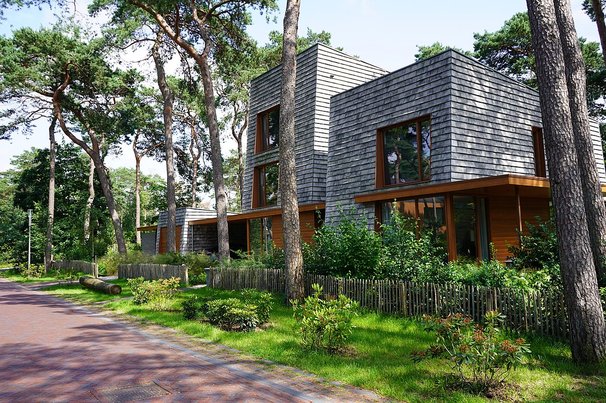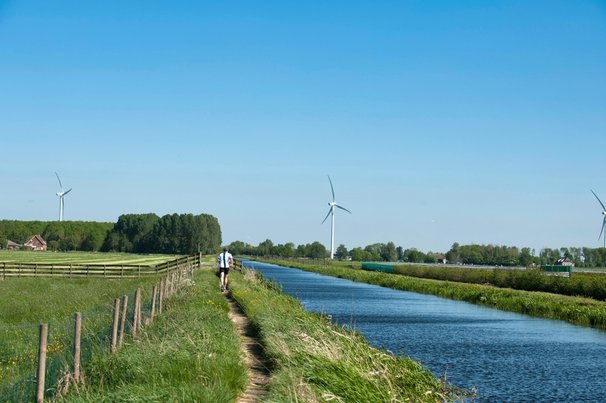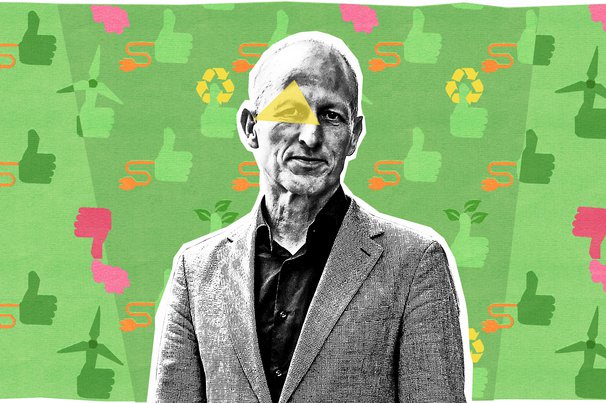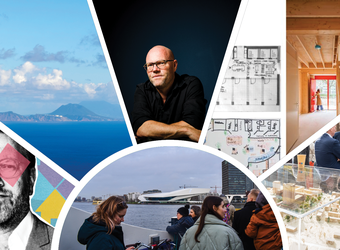18 september 2013
3 minuten
Nieuws Heavy rainfall, which occurs more frequently due to climate change, calls for innovative solutions. How do you slow down the run-off and what do you do with all the water? The city of Kiruna in the north of Sweden is taking a rigorous approach to the problem. The whole city is being moved to a new location a few kilometres away, and will have a completely new ‘Green/Blue’ infrastructure. With funding awarded by the Netherlands Organisation for Scientific Research (NWO), the research group led by Professor Arjan van Timmeren will conduct practical research in this Urban Living Lab.
Kiruna has to be relocated because Europe’s largest iron-ore seam has extended below the existing city. Buildings to be demolished will be rebuilt in the same morphology in the new location. For Van Timmeren, this is a unique research opportunity: where else could you completely renew the technical infrastructure in a sustainable way, without having to adapt the existing structure? ‘Here you can design a complete, cohesive system for an existing urban area, and compare it to the previous conventional system,’ Van Timmeren explains. ‘Interventions on the micro, meso and macro levels can be coordinated in an integrated approach. This will prevent situations in which a solution in one place causes problems in another.’
Kiruna is one of the five Urban Living Labs in the Urban Europe research project ‘Green/Blue Infrastructure for Sustainable, Attractive Cities’. A Lab has also been selected in the Netherlands: the IJssel-Vecht delta, with urban centre Zwolle. As a typical Dutch city, Zwolle also has a typical extra problem: increasing external pressure and high groundwater levels. Moreover, the area has to carry large volumes of river water and is at risk from flooding caused by rising water levels in the IJsselmeer. The problem will be aggravated if the IJsselmeer is to become a national freshwater reservoir, something that the Delta Programme Commission is considering. This could mean that the water level will have to be raised by half a metre. As a result, when there are high winds, flooding would be more likely due to insufficient drainage capacity. Cities in the Netherlands are already experimenting with measures such as ‘water squares’, retention basins and green roofs, designed to hold rainwater for longer when the sewer system is unable to cope. This arsenal of measures requires expansion and an integrated approach for Zwolle, Kiruna and other cities.
The research in five European cities should result in spatially integrated urban water-management methods. Van Timmeren expects ‘co-creation’ by local stakeholders and scientists from several countries and disciplines will lead to more than just improved water management. ‘We want to develop a hybrid green-blue infrastructure in cities that also enhances liveability and the quality of urban design. And it has to be economically viable.’
The international research project will run for three years.
Cover: ‘2013.09.22_water-proof cities developed in a living lab’




